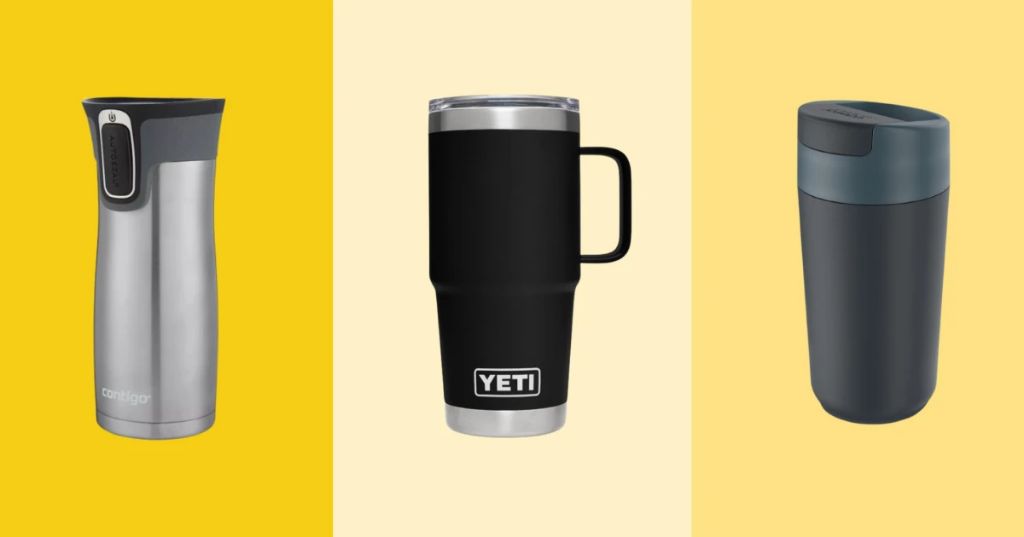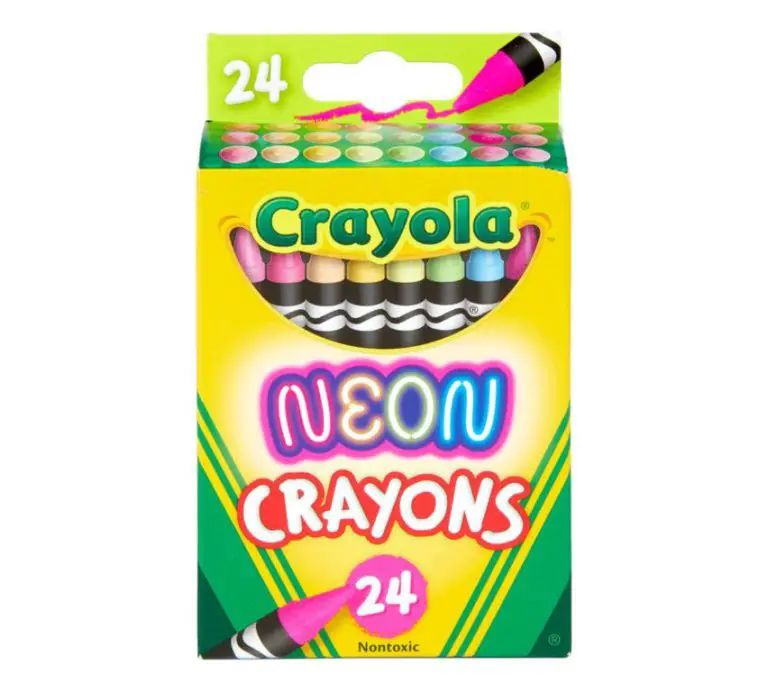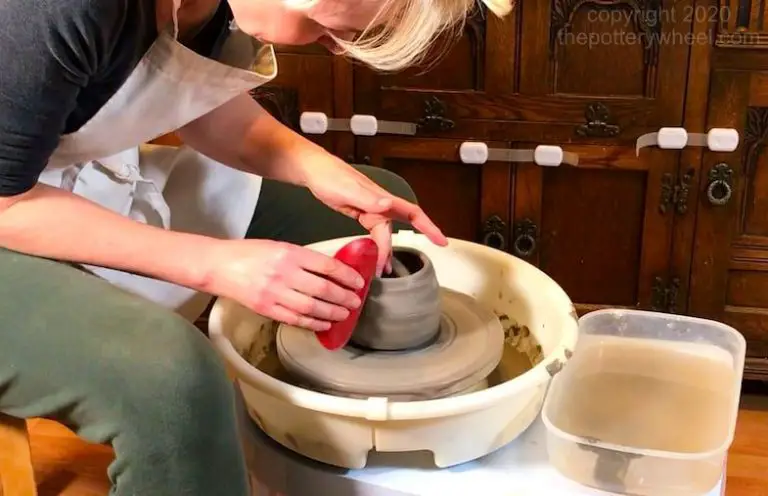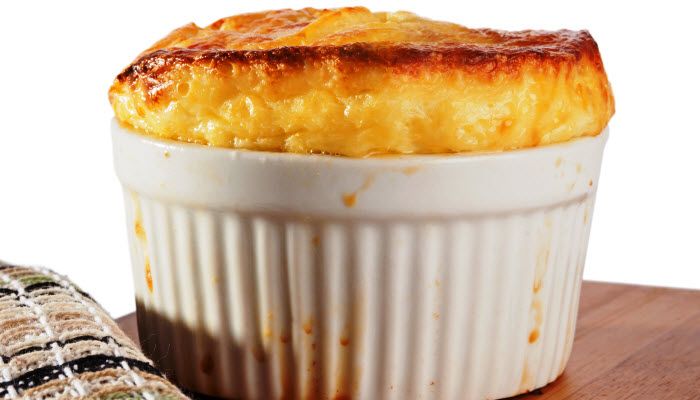What Mugs Are Best For Coffee?
The type of mug used to drink coffee can have a big impact on the tasting experience. Factors like the mug’s material, insulation, size, handle, and lid play an important role in temperature regulation, aroma release, and comfort when sipping coffee. Choosing the right mug enhances the flavors and aromas of the coffee, while an improper mug can detract from the experience. With so many options on the market, it’s worth understanding what makes for an optimal coffee mug so you can better enjoy this beloved beverage.
Material
The material your coffee mug is made from affects factors like heat retention, durability, and taste. Here are the pros and cons of some common mug materials:
Ceramic
Ceramic mugs are made from clay and fired in a kiln. Some pros of ceramic mugs are:
- Good heat retention – keeps coffee hot for longer
- Allows you to fully taste and smell the coffee
- Wide variety of styles and colors
Some cons are:
- Not very durable – can chip or break
- Heavier than other materials
Glass
Glass mugs are made from glass. Pros include:
- Allows you to see the color of the coffee
- Odorless and tasteless material
- Easy to clean
Cons are:
- Poor heat retention – coffee gets cold faster
- Can break or shatter if dropped
Glass mugs are best suited for drinking coffee right away rather than sipping over time. See [reference url] for more details on glass mugs.
Stainless Steel
Stainless steel mugs are made from stainless steel. Pros:
- Excellent insulation – keeps coffee hot for hours
- Durable – resists dents and scratches
- Travel-friendly

Cons:
- Can impact taste of coffee slightly
- Condensation can form on the outside
Stainless steel is ideal for drinking coffee over a long period of time. [reference url 2] compares stainless steel and ceramic mugs.
Plastic
Plastic mugs are made from plastic polymer materials. Pros:
- Inexpensive
- Lightweight
- Durable
Cons:
- Can absorb odors and colors over time
- Often poor insulation unless double-walled
- Some concerns over chemicals leaching into hot liquids
Plastic mugs are affordable and portable options, but may not provide the best coffee drinking experience. See [reference url] for a comparison of ceramic vs plastic mugs.
Insulation
Proper insulation is key for keeping coffee hot in a mug for an extended period of time. Insulated mugs have a double-wall construction with a vacuum seal between the inner and outer wall. This vacuum acts as an insulator and prevents heat transfer, allowing the contents of the mug to retain temperature much longer than a regular mug (Source).
Some of the best insulated mugs can keep coffee hot for 6-8 hours or longer. For example, the Toddy XL mug uses BevGuardTM insulation to keep coffee hot for up to 6 hours, while the Thermos Stainless King can keep drinks hot for 7.5 hours (Source). An insulated mug is vastly superior to a ceramic mug, which will lose heat rapidly.
The level of insulation depends on factors like the quality of the vacuum seal and the materials used. Stainless steel is better than plastic at retaining heat. The thickness of the walls also matters – the thicker the walls, the better the insulation. Mugs with copper lining or layers may also improve heat retention.
Overall, a well-insulated mug is essential for keeping coffee at an ideal drinking temperature for longer. It’s a worthwhile investment for coffee lovers who want to savor their drink beyond the first few sips.
Size and Shape
The size and shape of a mug can greatly impact the coffee drinking experience. According to Grey Fox Pottery, the most popular coffee shop mug size is between 8-12 oz, with a classic “Euro” bowl shape that feels comfortable to hold and drink from (source). Shutterfly recommends choosing a 10-12 oz mug as the ideal size to enjoy coffee without it getting cold too quickly. They note that mug shape also affects drinking temperature – a mug with a wider bowl will let coffee cool faster than a taller, narrower shape (source).
When selecting a mug for home use, Gossby suggests considering your preferred coffee volume as well as grip comfort. A smaller 6-8 oz mug can provide a pleasing hands-on feel and be ideal for a shorter coffee break. Larger 14-16 oz mugs allow you to make coffee once but have enough for sipping over time. An angled, curved handle also promotes a comfortable grip (source).
Overall, the ideal mug size and shape provides an enjoyable drinking experience from the first sip to the last drop. Consider your personal coffee preferences and ergonomics when selecting a mug that’s just right for you.
Handle
The handle is one of the most important parts of a coffee mug to consider for comfort and usability. There are two main types of mug handles: the C-shaped or U-shaped handle, and the ear-shaped or D-shaped handle.
The C-shaped handle is the traditional curved handle that loops from one side of the mug to the other. This style usually provides a generous opening for multiple fingers to fit through. However, some find a fully round handle less ergonomic than other styles.
The D-shaped handle is contoured to fit the shape of fingers more naturally. Often described as an “ear handle,” the handle angles up higher on one side to accommodate the index finger, while the other side stays low and rounded. According to this source, the D-shape provides a comfortable perch for the pointer finger at the top of the handle.
Beyond the basic shape, some other considerations for comfort include handle thickness, texture, and size. Thicker, more substantial handles can prevent fingers from becoming too hot. Textured handles provide grip, while smoother surfaces may be more pleasing aesthetically. The size of the handle opening determines how many fingers can fit through, which some prefer more than others.
Testing out different handle styles and finding the right balance of comfort, security, and aesthetics comes down to personal preference. But thoughtfully designed ergonomic handles can make a big difference in everyday coffee drinking.
Lid
One of the most important parts of a coffee mug is the lid. The lid keeps your coffee hot while also preventing spills. There are several popular lid types to consider:
Sip Lid
Sip lids have a small opening that you sip directly from. They allow minimal air flow to help maintain the coffee’s temperature. Sip lids are convenient for drinking on the go without fully removing the lid. However, the small opening can make them difficult to clean thoroughly (Planetary Design).
Slider Lid
Slider lids have a small opening that you slide open to expose a larger drinking hole. When closed, the lid maintains heat and contains splashes and spills. Sliders give you more control over airflow compared to sip lids. However, they can be tricky to open and close with one hand (Amazon).
Flip Lid
Flip lids are hinged lids that flip open, allowing full access to the mug’s contents. This makes drinking and cleaning easier compared to other lid types. However, flip lids are less spill-proof and can pop open accidentally in bags or cars (Amazon).
Consider your drinking habits when choosing a lid. Frequent sippers may prefer sip lids, while those who prefer gulps go for sliders or flip lids. No matter what, look for lids that are leak-proof, easy to clean, and that maintain your coffee’s ideal temperature.
Ease of Cleaning
When choosing coffee mugs, ease of cleaning is an important consideration. Mugs that are used daily for coffee or tea can quickly stain and develop mineral buildup that can be difficult to remove. The material, shape, texture and size of the mug will impact how easy it is to clean.
Ceramic mugs tend to stain and absorb coffee and tea tannins if not promptly cleaned after use. However, ceramic is non-porous so stains can usually be removed with some scrubbing and cleaning solutions like vinegar or baking soda. Glass mugs have a smooth surface that resists staining and is easy to clean. Stainless steel travel mugs are also easy to clean but may retain odors over time. Enamel coated mugs have a smooth, non-porous finish that resists staining.
Mugs with narrow openings or curved shapes that limit interior access can make cleaning more difficult. A wide mouth enables easy access for cleaning. Exterior texture can also trap dirt and stains. A smooth surface is ideal.
Smaller mugs provide less surface area for staining but wide, bowl-shaped mugs tend to show more staining. Metallic glazes and colorful designs can also help conceal staining on the interior surface. Promptly hand washing mugs after use makes cleaning easier by preventing stains from setting.
For tough coffee stains in ceramic mugs, soaking in vinegar or baking soda solution helps lift stains before scrubbing (source). Avoid abrasive scouring that can damage the glaze over time. With proper materials and prompt cleaning, mugs can remain stain-free for daily enjoyment of coffee or tea.
Durability
When choosing a mug material for coffee, it’s important to consider durability and how prone the material is to breaking or chipping. Ceramic mugs tend to be more durable and resistant to cracks and chips compared to porcelain mugs. According to this source, porcelain mugs are generally more delicate and prone to chipping or cracking. Stoneware mugs are also highly durable and resistant to chipping due to the materials they are made from. Stainless steel mugs are extremely durable as well. On the other hand, glass and plastic mugs can break more easily if dropped.
Opting for thicker, high-quality mugs made from ceramic, stoneware, or stainless steel can provide a longer-lasting, more durable option for daily coffee drinking. Porcelain and glass mugs will likely need to be handled more carefully to prevent cracking or shattering.
Aesthetics
When it comes to coffee mugs, aesthetics and visual appeal are important factors for many people. The look and feel of a mug can impact the overall drinking experience. There are a wide variety of designs, colors, shapes, and decorative elements to choose from when selecting a coffee mug.
Some prefer simple, clean-lined mugs in solid colors like white, black, or gray. These allow the focus to remain on the coffee itself. Others opt for more stylish or unique designs, like hand-painted patterns or modern geometric shapes. Mugs with sayings, inspirational quotes, or funny jokes can add personality. Vintage-inspired mugs have an old-world charm.
The material also affects appearance – glossy porcelain or glazed ceramic mugs have a sleek shine, while matte unfinished mugs have an earthier, more organic look. Stoneware mugs tend to be neutral toned and have a subtle handcrafted imperfection that some find appealing.
Those who want to show off their interests and hobbies can select mugs decorated with logos from favorite sports teams, TV shows, movies, video games, etc. Novelty mugs in unusual shapes like animals, fruit, or vehicles provide whimsical options.
When evaluating aesthetics, it’s a matter of personal preference. Consider your own style and decor. The key is finding an eye-catching mug that makes you smile and enhances the whole coffee drinking experience.
Conclusion
When it comes to choosing the best mug for coffee, there are many factors to consider from insulation to durability and aesthetics. Based on the criteria discussed, a ceramic mug with a curved C-handle offers the best overall coffee drinking experience. Ceramic provides excellent heat retention while remaining comfortable to hold. The curved C-handle allows you to grip the mug securely while enabling easy sipping. A 12-16 oz mug gives you ample capacity without being bulky or unwieldy. And the smooth glazed ceramic interior inhibits staining and allows for easy cleaning. While personal preferences for shape, color and style may vary, a classic ceramic mug with a curved handle provides an ideal blend of functionality and enjoyment for savoring your daily cup of coffee.





